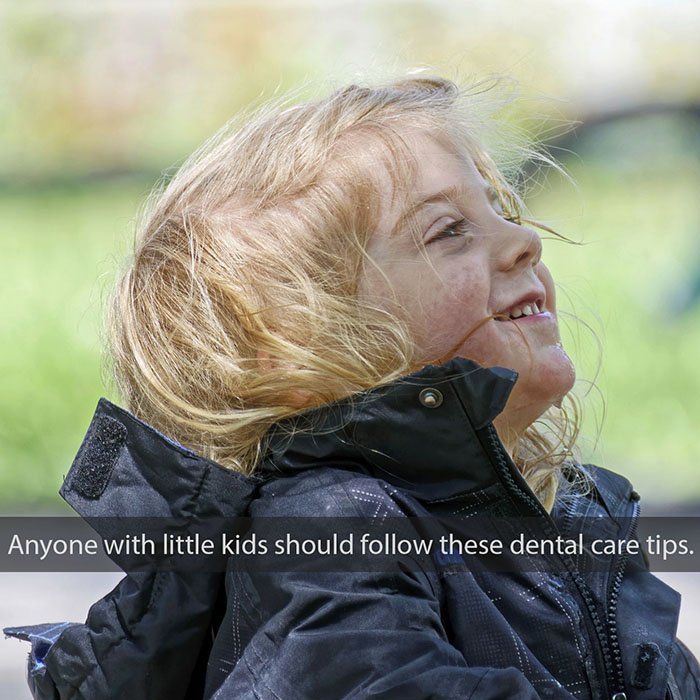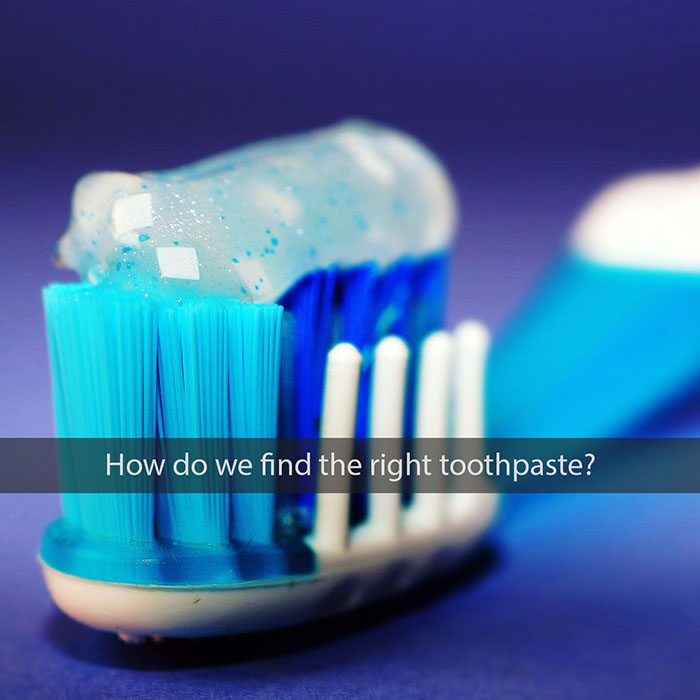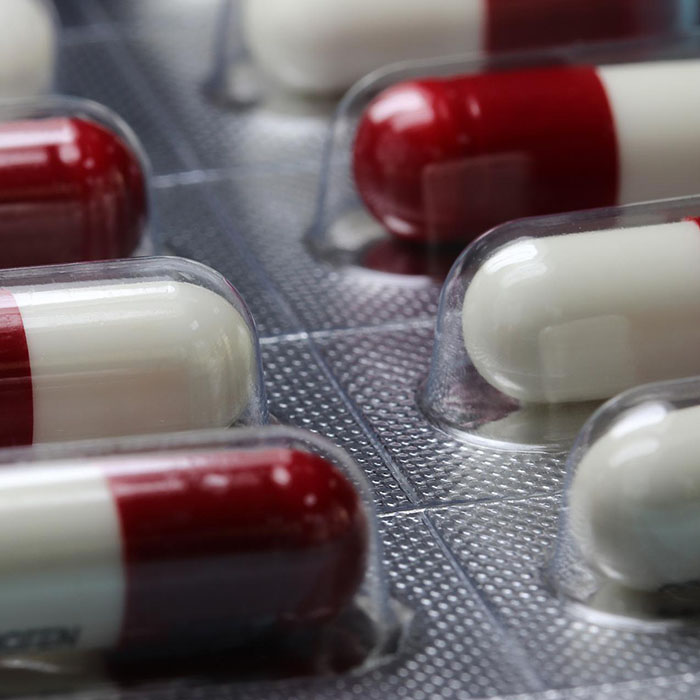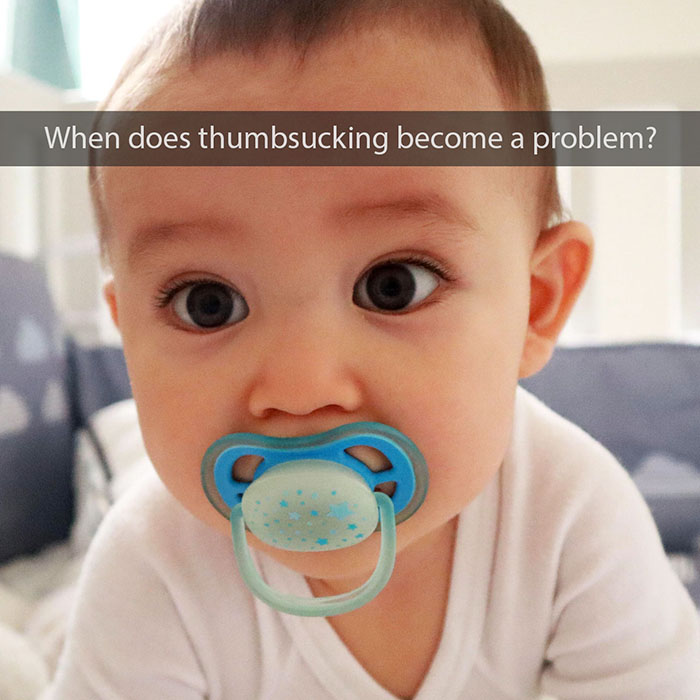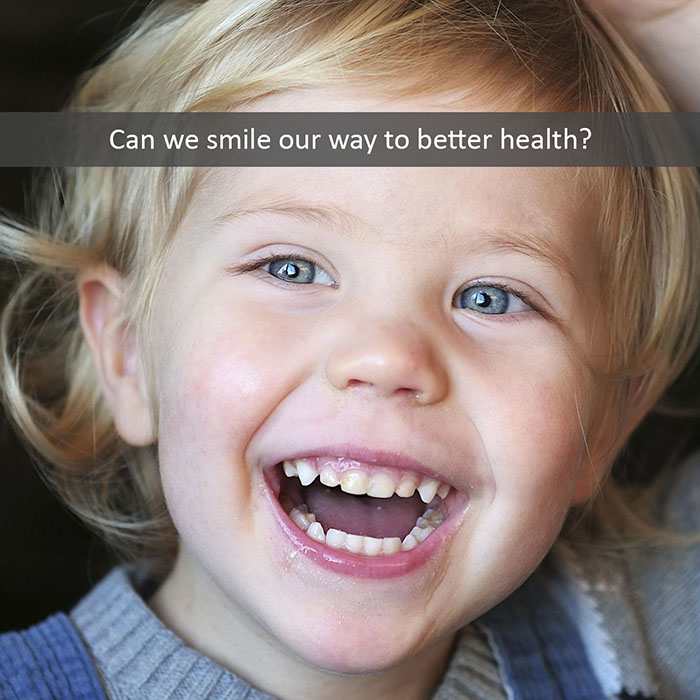TIKTOK ISN’T THE best place to go for dental health advice — unless your dentist is active on the app. We’ve seen a lot of worrying DIY dental procedures popping up recently, so now is a great time to nip those in the bud.
“Healthy Soda” Trend
There is no such thing as teeth-healthy soda. Even sugar-free soda is still full of acid (that’s where the bubbles come from), and our tooth enamel is highly vulnerable to erosion by acid. A recent trend on TikTok is the “healthy soda” trend, where people are mixing flavored sparkling water with balsamic vinegar to make a “healthier” soda alternative. In reality, they’re just mixing two acids together and bathing their teeth in them! That’s not something dentists can get behind.
Filing Down Teeth
Some TikTok videos show teenagers and young adults attempting to even out their smiles by taking a nail file to the chewing surfaces of longer teeth. This is a terrible idea because tooth enamel does not come back once it’s gone. Amateur tooth filing can end in fractures, tooth sensitivity, or infection, and the process itself will likely be very painful. As dental health professionals, we sometimes file teeth, but we have the training and tools to do it safely and not overdo it.
The “Veneers Check” Trend
An even worse trend in the same vein involves TikTok users filing their own teeth all the way down to pegs before getting crown restorations. This is extremely dangerous. It can lead to nerve damage and the need for root canal therapy or even cause tooth loss of previously healthy teeth. Even the name of this trend is part of the problem, as this kind of filing only happens before crown restorations, not veneers.
Home Hydrogen Peroxide Whitening
Some TikTokers have filmed themselves swishing 3% hydrogen peroxide for teeth whitening. This is not a safe way to get professional whitening results on a budget, because it can cause gum irritation and long-lasting sensitivity. Anyone interested in whitening should ask the dentist for recommendations, which could be toothpaste, whitening strips, take-home trays, or professional in-office whitening.
DIY Braces
Another very dangerous TikTok trend is teens who try to correct their own crowding or bite issues using things like rubber bands. NEVER DO THIS. The best case scenario is that it won’t work. The worst is what happened to David Campbell, who unwittingly killed the roots of his two front teeth and had to get them removed when he tried to close the gap between them with rubber bands. We hope anyone tempted to try this will enroll in dental school to become an orthodontist instead (and get real braces for themselves in the meantime)!
Dental Health Is More Than a Trend
Anyone unhappy with the appearance of their smile (especially when their teeth are healthy) should speak to a dentist about professional cosmetic treatment instead of irreversibly damaging their own teeth. In the meantime, keep up with good dental hygiene habits like daily brushing and flossing.


